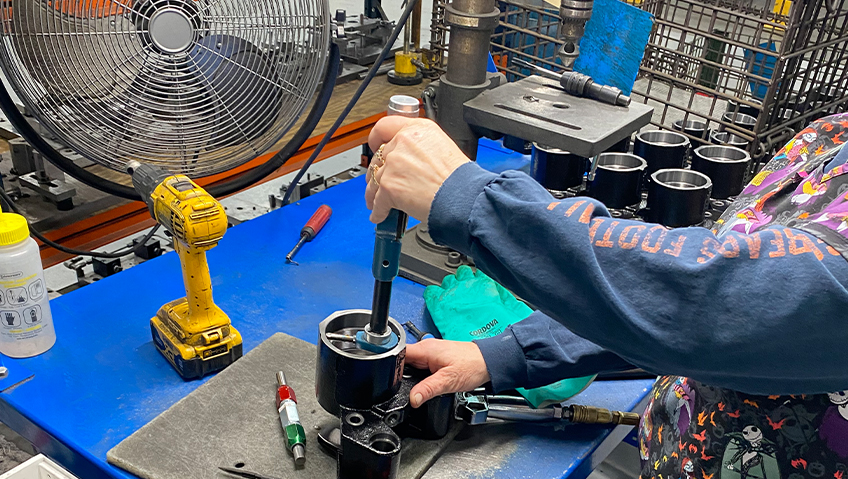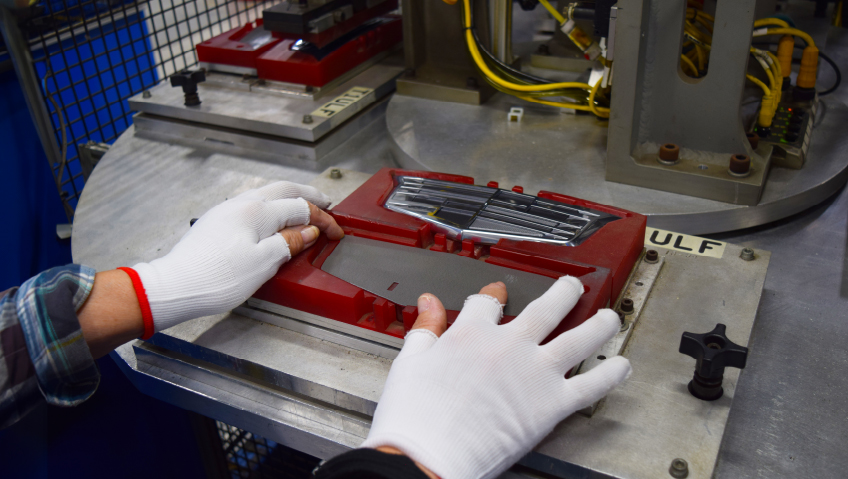Committed to innovation and flexibility, small and medium-sized enterprises are crucial to strengthening and sustaining North America’s economic well-being.
When we hear the word ‘business,’ many of us invariably think of giant retailers like Amazon and Walmart, along with manufacturing titans like Apple, Toyota, Samsung, the Ford Motor Company, and others responsible for millions of jobs worldwide.
But conjuring up an SME would probably make more sense.
Small and medium-sized enterprises, commonly known as SMEs, play an important role in the economy; in fact, they make up the bulk of the world’s businesses. Although numbers and definitions vary, SMEs have fewer than 50 employees at the low end, and up to 250 at the upper. In the United States, an SME has a maximum of 500 staff members. While this is far less than major entities like Ford Motors and Google with about 173,000 and 174,000 workers respectively, the combined strength of SMEs is a force to be reckoned with.
Since SMEs are considerably smaller than the likes of IBM, Procter & Gamble, Microsoft, Johnson & Johnson, and other Fortune 500 companies, they are sometimes at a disadvantage compared to their massive counterparts. While big and small companies have many of the same obligations—hiring staff, payroll, budgeting, and marketing—owners of SMEs sometimes take on more than one role out of necessity. Bosses and workers putting in long hours is not uncommon.
There is also the challenge of income instability, especially at the start-up stage. Sometimes, owners have to rely on borrowing money from the bank, dipping into their personal savings, or even asking family and friends for a loan.
Of course, there are plenty of upsides to having your own small or medium-sized business. There is the pride that comes from having created something from scratch and not having to report (or justify) your every move to others. In their nimbleness, SMEs are often able to work closely with customers and address potential problems before they become an issue.
Since SMEs typically have a much simpler structure than larger businesses or manufacturers, there is much less red tape; decisions that can take weeks or months for other companies can sometimes be made in minutes. Customer service is often personalized, and often, industry partners are considered friends more than clients.
Internally, SME management is usually better connected to, and more in touch with, their staff than at companies with thousands of employees. Since everyone is working toward the same goal, there is a greater feeling of camaraderie. This often shows itself in community initiatives generated inside an SME, such as fundraisers suggested by employees to benefit favoured causes.
Worldwide, small and medium-sized manufacturers play an important role. According to the Organization for Economic Co-operation and Development (OECD), SMEs comprise over 95 percent of enterprises. In the 38 OECD member countries—which include Australia, Canada, Switzerland, the United Kingdom, the United States, and Costa Rica—SMEs account for 60 to 70 percent of jobs. Specifically in manufacturing, SMEs play a major role.
According to the OECD paper Small Businesses, Job Creation and Growth: Facts, Obstacles and Best Practices, “First, it is not surprising that small enterprises/establishments play an important role in the job creation process since they account for between 40 and 80 percent of total manufacturing employment.”
Globally, SMEs as well as MSMEs (that’s SMEs with the addition of micro-enterprises) are important to the growth of all nations, particularly developing and least-developed countries (LDCs), as these businesses create jobs and stimulate economic development. A recent study from the World Bank—which provides low and middle-income countries with loans and grants tied to capital projects—noted that “formal SMEs contribute up to 40 percent of national income (GDP) in emerging economies.”
Along with creating employment, SMEs/MSMEs help boost trade, which helps to further generate economic activity. This can include manufacturers producing parts for the automotive sector.
In certain nations, such as China and India, SMEs are essential contributors to economic vitality. In 2017, India’s ever-expanding SME manufacturing industries, led by mobile devices and tech service companies, were responsible for 17 percent of the country’s gross domestic product (GDP).
As described by India’s The Economic Times in 2017, SME manufacturers were at an advantage because of the nation’s young demographic and widening Internet use. “The Internet can play to their advantage by incurring increased revenue, reduced costs, and higher productivity for their businesses,” stated the Times. “SMEs can reduce the cost of customer acquisition, provide better customer value propositions, and optimize their supply chains by going online.”
Fast-forward six years to August 2023 and the immense growth of SMEs in India: described as “crucial” to India’s economy, SMEs are now responsible for almost 45 percent of India’s overall industrial output, employing 62 million people and behind the creation of eight million new jobs every year.
In The Crucial Role of SMEs in India’s Economy and the Importance of SME IPOs, a report published on employment and business site LinkedIn, SMEs are a major contributor to India’s GDP, drive innovation, create new products and services, and offer “a platform for aspiring entrepreneurs to start their own businesses and become self-employed.”
From generating jobs to bolstering economic well-being, the value of SMEs continues to be recognized worldwide. There are about 33,185,550 small businesses in the United States alone, employing almost 62 million Americans.
Along with sustaining jobs and creating new ones, SMEs in the U.S. generate 32.6 percent of known export value and pay 39.4 percent of private sector payroll. And with some 38 percent of SMEs using specialized software, there is an added benefit to the suppliers of these programs and related tech services.
For investors, SMEs provide attractive opportunities because there is a significant risk-reward potential (compared to other investments). Since SMEs are less rigid and more nimble than large corporations, there is often more openness toward innovating new products, services, and solutions.
On the corporate governance side—which encompasses strategic planning, setting objectives, understanding risks and challenges and more—SMEs are often more transparent to investors. This encourages greater accountability and the development of appropriate, practical solutions to stimulate smart and sustainable growth.
Another key benefit stemming from SMEs is innovation. While large corporations have Research and Development departments, SMEs often encourage all staff members to contribute ideas for new products to manufacture or ways to improve existing ones. This ‘all for one, one for all’ mindset stimulates creative thinking and collaboration, which can result in groundbreaking solutions.
In a post-pandemic world, after supply chains were disrupted for years, SMEs have proven themselves to be reliable, resourceful suppliers of products and services domestically and internationally. Havens of innovation, SMEs are making their mark and making their presence known. In the future, small and medium-sized manufacturers will continue to benefit their local, national, and global economies, creating everything from kitchen cabinets to high-tech medical devices.






